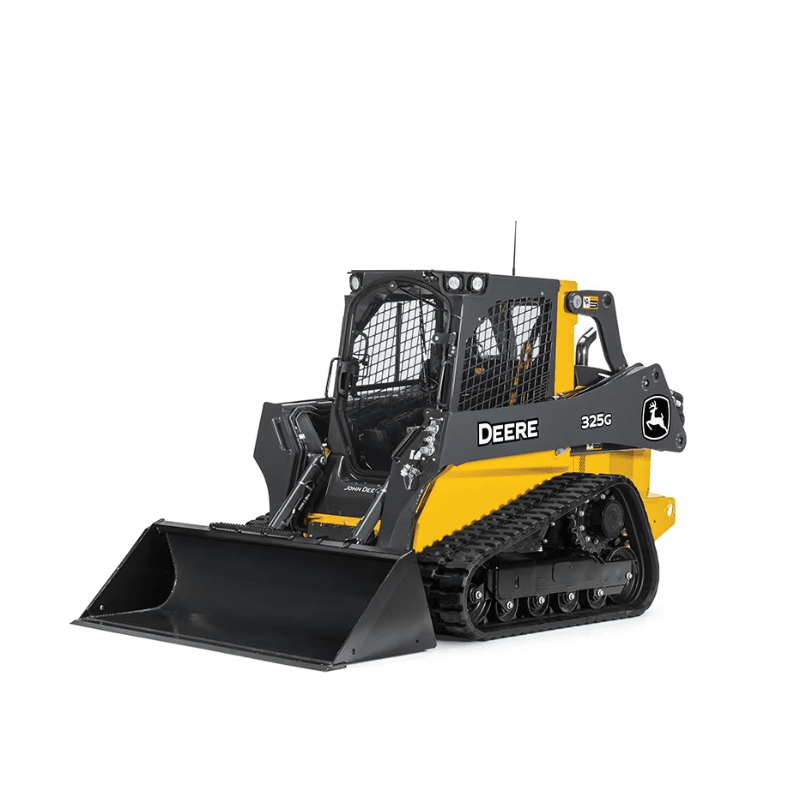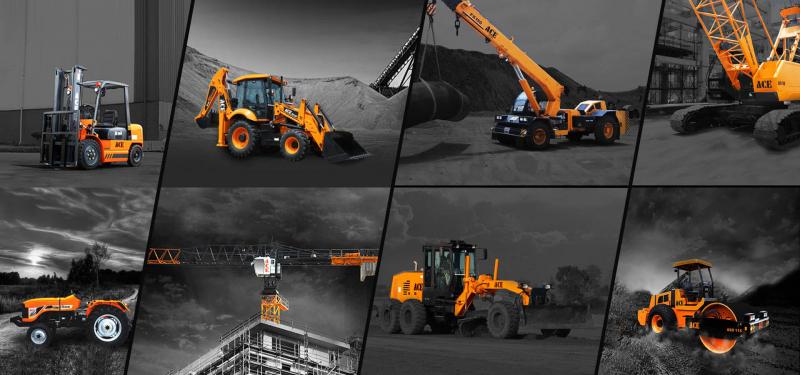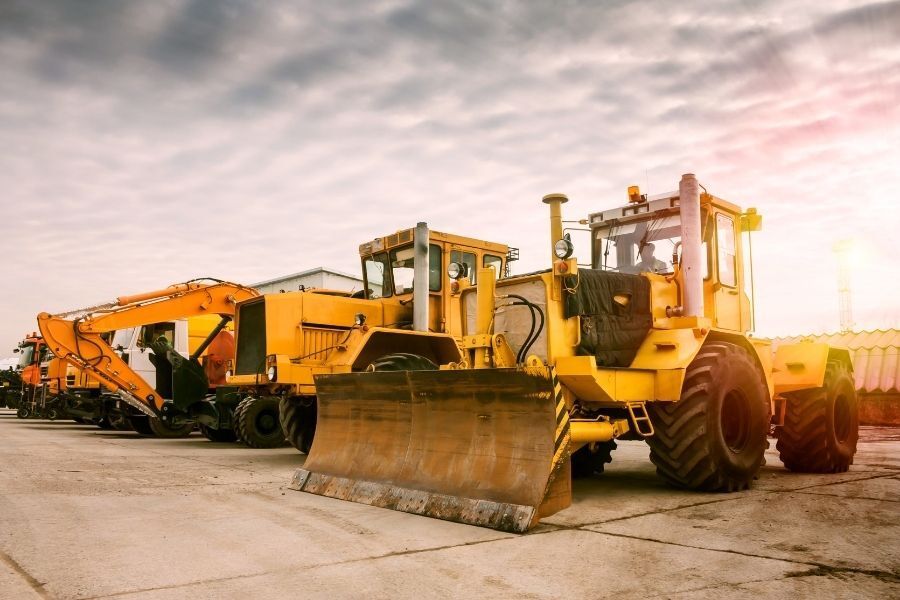Equipment Rental Company: Your Resource for All Types of Machinery
Equipment Rental Company: Your Resource for All Types of Machinery
Blog Article
Optimize Your Budget Plan by Understanding the Costs Related To Building Equipment Rentals
Understanding the full extent of costs connected with building and construction equipment leasings is vital for maximizing your budget. What methods can be used to effectively handle these expenses and guarantee a more effective rental experience?
Summary of Rental Expenses
When thinking about building and construction tools rentals, understanding the connected costs is extremely important for reliable budgeting and job preparation. Rental expenses can differ substantially based on a number of factors, including tools type, period of rental, and area. The preliminary rental cost typically mirrors the devices's market need and its associated operational capacities, influencing the general expenditure.
Along with the base rental price, secondary costs might emerge, such as transportation charges, gas surcharges, and maintenance costs. It is important to make up these added expenses to precisely analyze the total cost of leasing tools. Furthermore, the rental duration can affect rates; longer services may receive reduced prices, while temporary services might incur higher everyday fees.

Breakdown of Rental Prices
A thorough understanding of rental prices is crucial for service providers and task supervisors aiming to optimize their budgets. Rental prices for building and construction tools normally include several components, consisting of base prices, time-based fees, and usage costs.
Base prices are the core fees related to the service of the tools, typically identified by the type and dimension of the machinery. These rates can differ dramatically, influenced by factors such as tools demand, availability, and local market patterns. Time-based charges, which might be daily, weekly, or monthly, serve to suit various project timelines and rental periods.
Furthermore, rental rates might include use fees, which are applicable when tools is utilized past a specified limit, making sure that the rental company can make up wear and tear. Seasonal need changes can additionally impact rental prices, with peak building periods usually commanding higher rates.
Furthermore, recognizing the rental business's plans concerning upkeep and insurance coverage can give additional understanding into the general price structure. By evaluating these parts, professionals can make enlightened decisions, making sure the option of rental equipment straightens with both project demands and spending plan constraints.
Added Fees to Think About
Recognizing the details of additional fees is essential for specialists to handle their total service expenditures properly. Past the standard rental rates, various additional charges can considerably affect the total cost of equipment rental. These fees often include delivery and pick-up costs, which can differ based on distance and logistics involved in transferring the equipment to and from the job website.
In addition, some rental firms might impose fuel additional charges if the tools is returned with much less fuel than when rented. It is additionally important to recognize possible cleaning fees, specifically for customized devices that requires comprehensive upkeep after usage.

Thoroughly assessing the rental contract and making clear these additional charges in advance can aid service providers avoid unexpected expenses and make sure that budgets continue to be intact throughout the task lifecycle.
Maintenance and Fixing Expenses
Normal repair and maintenance expenses are usually ignored factors that can substantially influence the general price of building tools rentals. When leasing tools, it is important to take into consideration not only the rental charges yet also the prospective prices related to maintaining the equipment in optimal operating condition.
Several rental companies include fundamental upkeep as part of the rental agreement; nevertheless, much more considerable repairs or unforeseen malfunctions can lead to additional expenses. It's necessary to assess the rental agreement carefully to understand what maintenance services are covered and what obligations drop on the tenant.
In addition, tools that is not properly maintained can lead to inefficiencies on duty site, potentially enhancing and triggering delays job expenses. To reduce these dangers, it is recommended to carry out routine evaluations and maintain open communication with the rental service provider concerning any issues that arise throughout usage.
Insurance Coverage and Obligation Expenses
Insurance and liability prices are essential parts that can substantially affect the overall expense of building and construction click now tools leasings (forklift rental). These expenses ensure that both the rental business and the customer are secured from possible economic losses occurring from crashes, damages, or burglary during the rental duration

Additionally, customers should recognize any deductibles or exclusions in the insurance coverage, as these can impact potential out-of-pocket costs. Recognizing the terms and conditions of any type of insurance coverage is crucial to avoid unforeseen prices. Ultimately, budgeting for insurance coverage and responsibility expenses can assist make certain a smoother go right here rental experience and safeguard against economic threats related to building and construction projects.
Final Thought
In verdict, a thorough understanding of the prices connected with building equipment rentals is essential for reliable spending plan administration. Eventually, informed decision-making pertaining to tools leasings contributes to the total success of building ventures.
Rental expenses can vary dramatically based on numerous elements, including tools type, duration of service, and place (construction equipment rentals). The rental period can affect pricing; longer services may certify for reduced rates, while temporary rentals could incur greater daily costs
By carrying out comprehensive study and engaging with reputable rental business, contractors can properly navigate the intricacies of rental pricing, eventually optimizing their monetary sources.
Beyond the common rental rates, different supplementary fees can significantly affect the complete cost of devices service. Rental companies commonly provide obligation insurance policy that covers injuries to third celebrations or damages to property, while devices damages insurance policy can cover the cost of repair services or substitute if the rented equipment is damaged.
Report this page